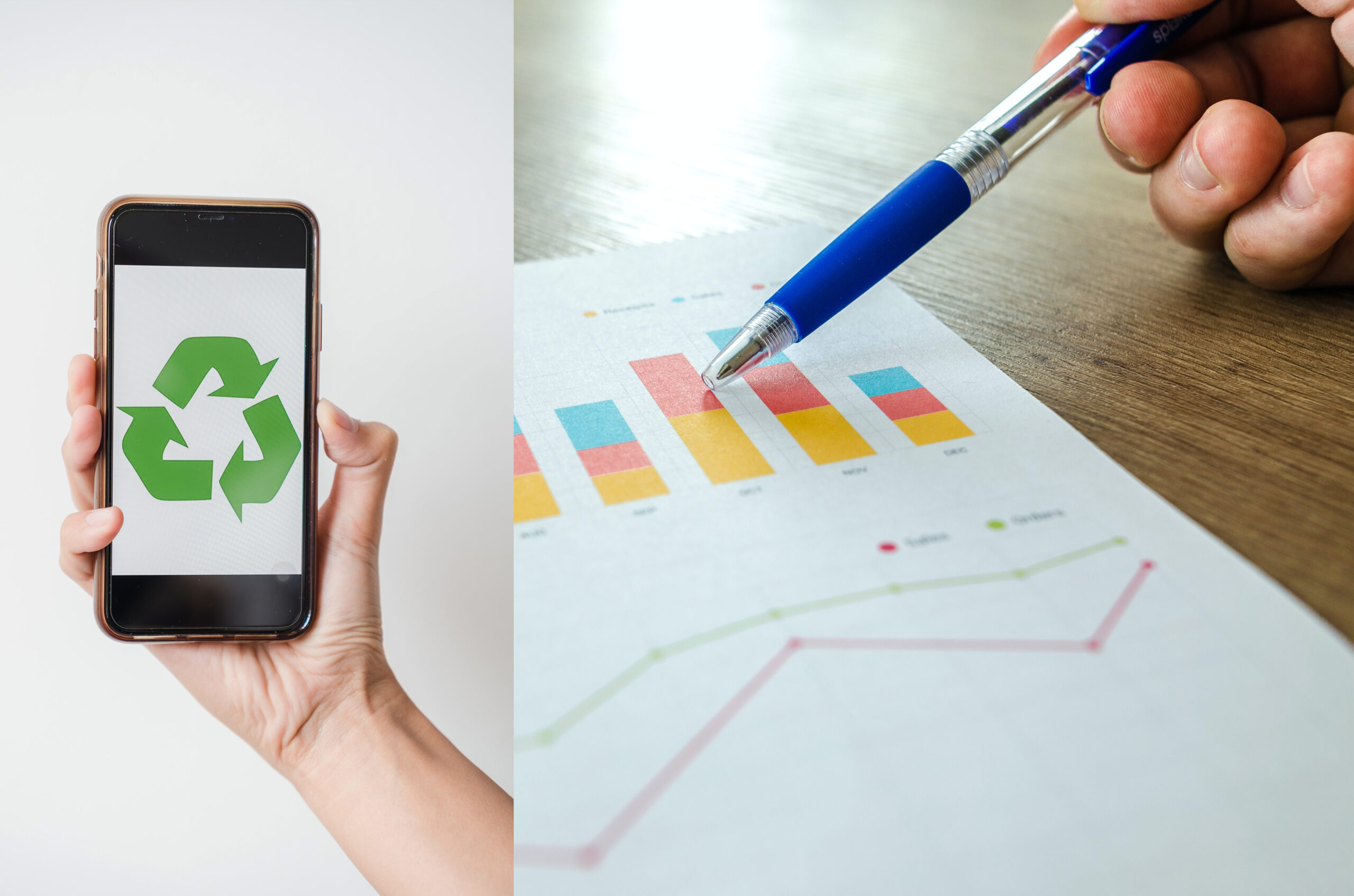
April 6, 2022
By Chloe Myers
What to Consider When “Pulling the Plug” on your Corporate Devices
Everyone has heard the age-old adage: as soon as you drive a new car off the lot, it’s already lost half its worth. This also happens to your cell phones - new smartphone devices lose between 25% and 40% of their market value in the first twelve months alone. With this information, it may be time to reconsider what “end-of-life” means for your company’s mobile devices.
What do we look at when evaluating a phone’s lifespan? While many considerations go into deciding the lifecycle of a mobile device, generally the most important factors for your mobility team to analyze are hardware and software capabilities, data security, and cost.
Traditionally, mobile devices are retired between two and three years after purchase. Apple devices, for example, become more incompatible with updates around the five-year mark and devices from other brands will experience a similar decline in efficient functionality by that time as well. Older devices also receive less hardware support after the five-year mark, which makes doing business through older devices more difficult and necessitating replacements.
Of course, depending on your company’s needs, the typical lifespan for phones may look different. A business that requires the most advanced software capabilities may need to upgrade their devices as the newest models roll-out, especially if the operating system no longer supports a critical business application.
In addition to technical capabilities, it’s important to consider how the age of your device affects your data security. The more time software has been on the market, the more time bad actors have had to identify and target vulnerabilities to
the device’s security – putting your company’s sensitive information at risk.
Cost has been, and always will be, a large factor in deciding when to purchase new phones and decommission old ones. With popular smartphone companies rolling out devices yearly that cost anywhere from $50 to $1,200 a unit, it’s reasonable for corporations to want the most out of their mobile investments.
Looking at device buyback depreciation, however, a key figure enters the equation for your mobility team. Depending on what devices you supply your team with, you’re facing different buyback values: Apple on average loses around 20% during the first year, while Google, LG, and Motorola clock in at around 35% losses. Samsung devices experience the most dramatic depreciation – losing around 40% of their value in the first year alone.
Knowing how rapidly these assets deteriorate can make an important impact on business operations. This depreciation may influence which device you choose next, or even help you uncover an unexplored benefit of recycling your devices earlier – seeing over time the same net cost deducted from your mobility budget.
————————————————————————————————
e-Cycle is the trusted wireless partner for many of the largest organizations in the world. As the first mobile recycling company to achieve e-Stewards certification, we adhere to the highest standards for environmental responsibility and worker health and safety. e-Cycle offers a simple, secure, environmentally responsible and profitable way for businesses to sell and recycle used mobile phones and tablets. Learn more at www.e-Cycle.com.
NOTE: We use cookies on this website. If you continue to access our website, we'll assume that you consent to receiving cookies in accordance with our Privacy Policy.
©2025— e-Cycle. All rights reserved.
Designated trademarks and brands are the property of their respective owners. e-Cycle is not affiliated with the manufacturers of the items available for cash buyback.